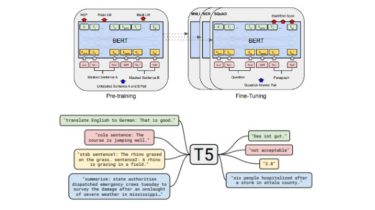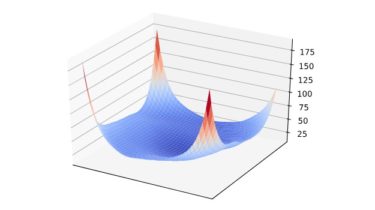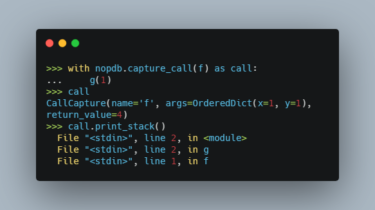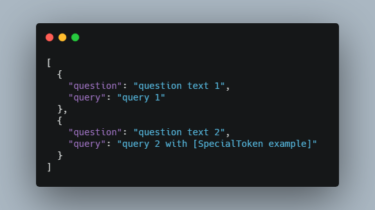A gym style toolkit for building lightweight NAS systems
gymnastics A “gym” style toolkit for building lightweight Neural Architecture Search systems. I know, the name is awful. Installation Preferred option: Install from source: git clone [email protected]:jack-willturner/gymnastics.git cd gymnastics python setup.py install To install the latest release version: pip install gymnastics If you want to use NAS-Bench-101, follow the instructions here to get it set up. Overview Over the course of the final year of my PhD I worked a lot on Neural Architecture Search (NAS) and built a bunch […]
Read more







